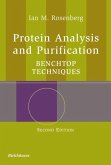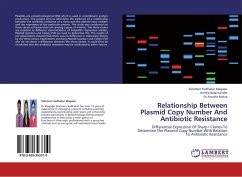The central role of RNA in many cellular processes has created a high interest in the specific tasks RNA molecules and protein: RNA complexes perform in a cell. In this publication up-to-date experimental methods and protein:RNA interaction protocols were used to identify the native RNA binding motive and to characterize the key role of the protein ribosomal binding factor A(RbfA). To gain insights into the binding mode of RbfA toits target RNA, two RbfA constructs from Thermotoga maritima and Helicobacter pylori were employed. Comparison of the RbfA proteins with the published homologous structure from Escherichia coli, led to studies concerning the structural attributes between proteins from thermophilic and mesophilic systems. The different chapters detail the biophysical and biochemical methods used to investigatethe protein and protein: RNA structures and their function and the advances in understanding the biological processes in which the RbfA protein is involved in.








